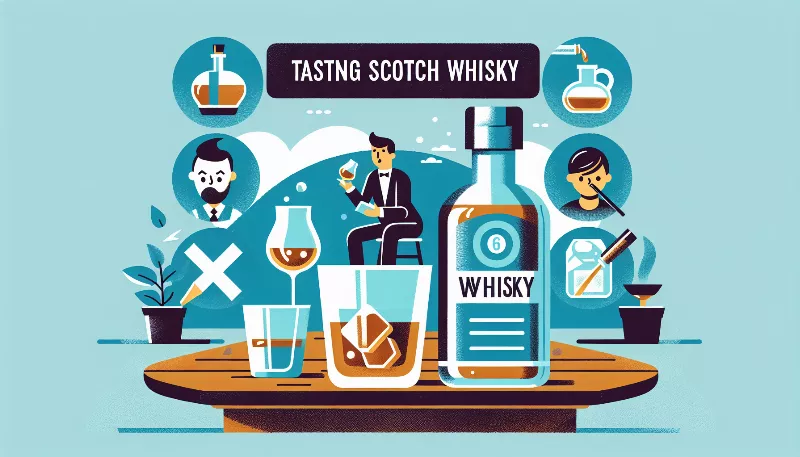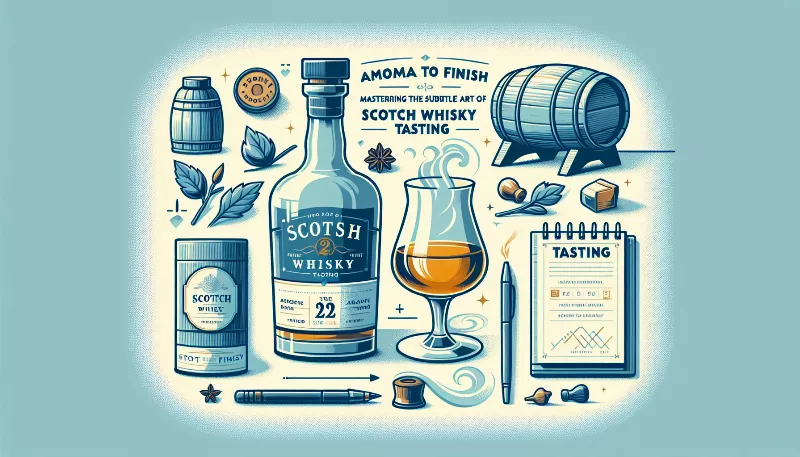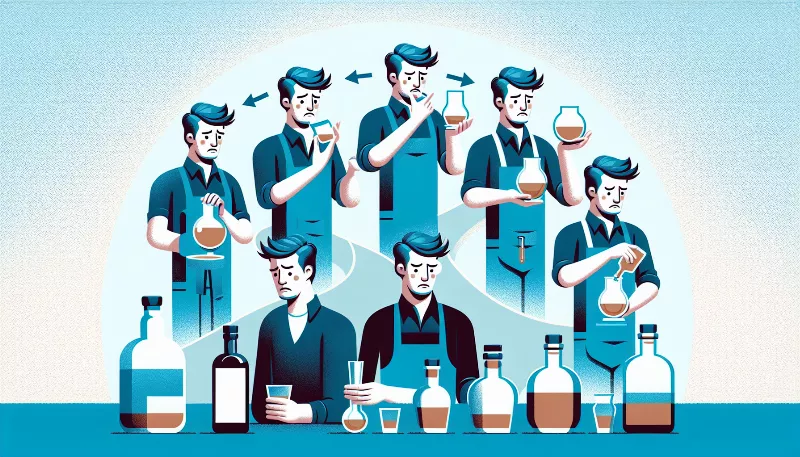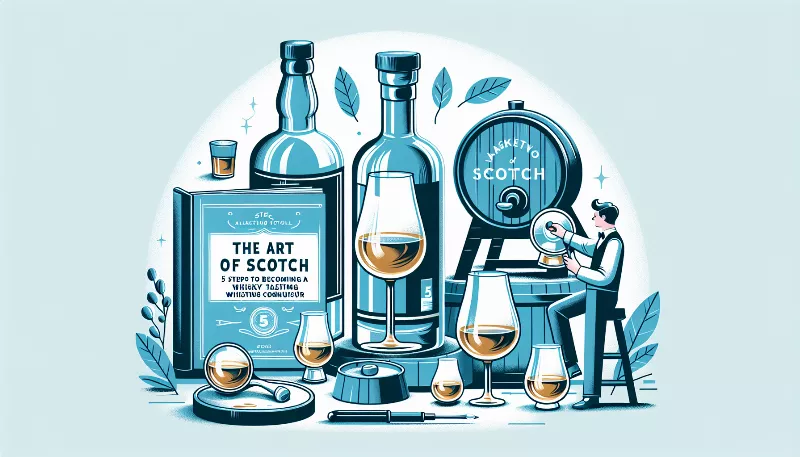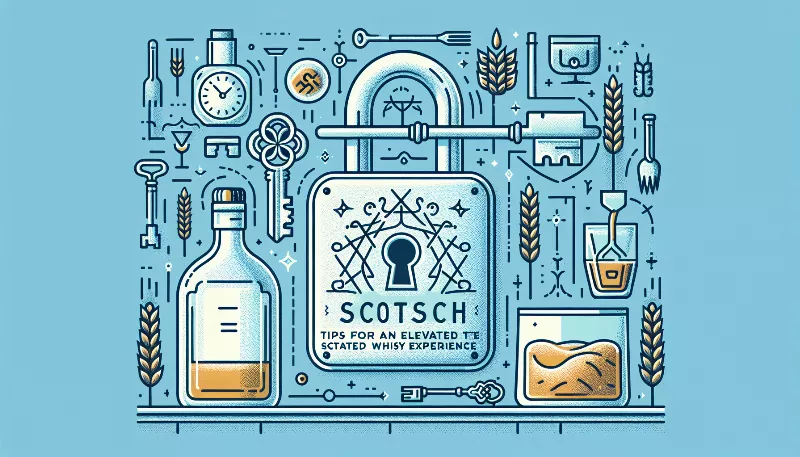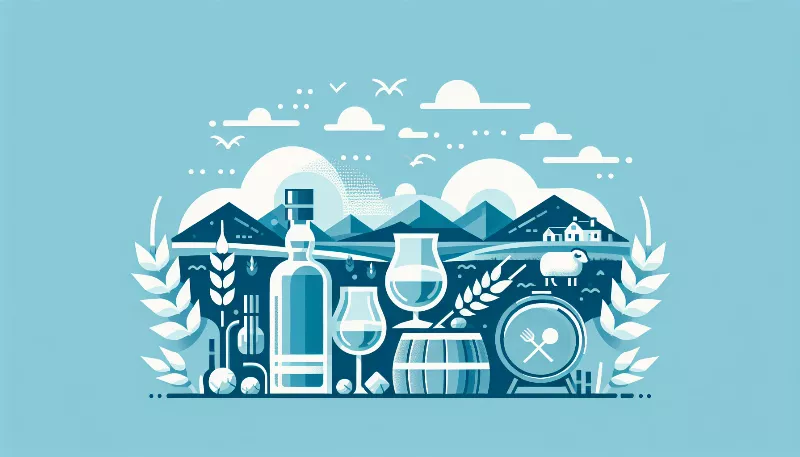Liquid Gold: The Step-by-Step Guide to Making Scotch Whisky
Unlock the secrets of crafting Scotch whisky with our expert guide. Learn the art of distillation & aging to create your own liquid gold. Sip the knowledge!
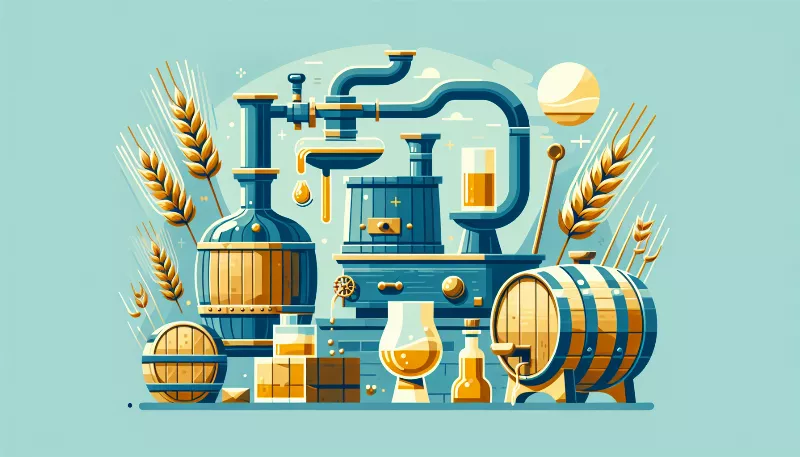
Liquid Gold: The Step-by-Step Guide to Making Scotch Whisky
Embark on a spirited journey through the enchanting process of crafting Scotch whisky, a liquid gold revered by connoisseurs and casual sippers alike. This guide will take you through the time-honored steps that transform simple ingredients into a complex and delightful dram. So, raise your glass, and let's dive into the art of making Scotch whisky!
The Birthplace of Whisky
Scotland, a land of rugged beauty and ancient traditions, is the heart and soul of Scotch whisky. The unique climate and natural resources provide the perfect setting for whisky production, with each region imparting its distinct character to the spirit. From the peaty Islay malts to the smooth Speyside offerings, Scotch whisky is as diverse as the Scottish landscape itself.
Malting: Awakening the Barley
The journey begins with malting, where barley grains are awakened from their slumber. The barley is soaked in water and allowed to germinate, a process that converts starches into fermentable sugars. After a few days, the germination is halted by drying the barley with hot air, often over a peat fire, which can add a smoky flavor to the final product.
Mashing: Extracting the Sugars
Once malted, the barley is ground into a coarse powder known as grist. The grist is then mixed with hot water in a large vessel called a mash tun. This stage, known as mashing, allows the enzymes in the malt to break down the starches into sugars, creating a sweet liquid called wort.
Fermentation: The Alchemy Begins
The wort is transferred to washbacks, typically made of Oregon Pine or stainless steel, where yeast is added. The yeast feasts on the sugars, producing alcohol and carbon dioxide, and thus begins the magical transformation. This fermentation process can last up to 48 hours and results in a liquid known as 'wash,' with an alcohol content similar to that of beer.
Distillation: Capturing the Spirit
Scotch whisky is distilled twice (and sometimes three times) in copper pot stills. The wash is heated, and as alcohol has a lower boiling point than water, it vaporizes first. The vapors rise through the still and condense back into liquid form. The distiller carefully selects the 'heart' cut, which is the purest and most flavorful part of the distillate, discarding the 'heads' and 'tails' which contain unwanted compounds.
Aging: The Art of Patience
The clear, potent spirit, now called 'new make spirit,' is filled into oak casks for maturation. Scotch whisky must be aged for a minimum of three years, but many are left to mature much longer. Over time, the whisky develops depth and complexity, drawing color, flavor, and character from the wood. The aging process is a slow dance between the spirit and the cask, resulting in a symphony of flavors that define Scotch whisky.
Bottling: The Final Chapter
After maturation, the whisky is often blended with other casks to achieve the desired flavor profile. It is then diluted with water to the preferred bottling strength, filtered, and bottled. Each bottle of Scotch whisky is a testament to the skill, tradition, and patience that went into its creation.
From the golden fields of barley to the silent warehouses where casks rest, the making of Scotch whisky is a craft steeped in history and passion. Whether enjoyed neat, with a splash of water, or in a classic cocktail, Scotch whisky is a celebration of Scotland's heritage and a delight to the senses. Slàinte mhath!

